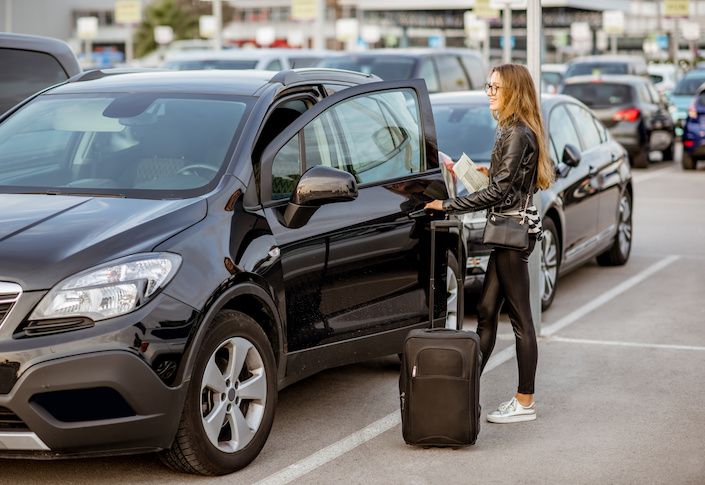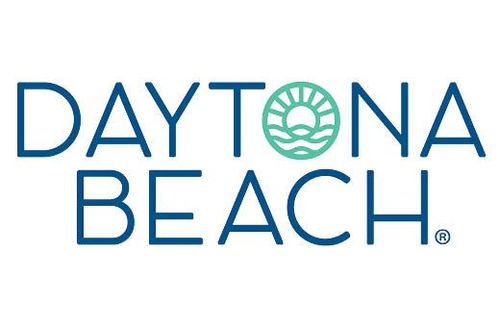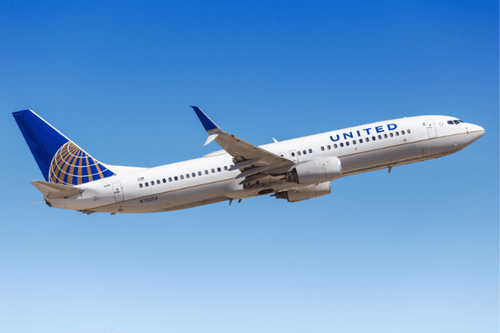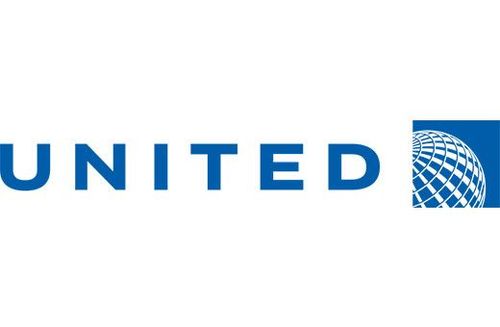Where travel agents earn, learn and save!
News / Here’s why the rental car shortage isn’t going away anytime soon
Spring break travelers face eye-watering prices as rental companies still deal with pandemic disruptions

April 26 - If you found yourself in a sunny destination in the States in the past month and tried to rent a car, odds are you were faced with sprawling lots devoid of cars or eye-watering rental prices. The spring break season, coupled with a number of state re-openings and bottled-up consumer spending, has produced a significant shortage of rental cars in a number of big cities and vacation places around the U.S., with rental prices approaching several hundred dollars per day for very basic wheels.
A quick survey of car rental companies has revealed that daily fees for modest vehicles in high-demand areas are exceeding $300 a day, while a number of especially affected regions—like the Gulf Coast, southern California, Florida, and the Carolinas—had seen fees north of $500 in March. Florida had been especially affected last month, with few cars available at most airports for the influx of spring breakers.
“We weren’t able to get a rental car at all,” one family traveling from Washington, D.C., to Orlando, Florida, told Autoweek. “We planned to get a car and stay for like 10 days, to visit Jacksonville, but the options on the sites just weren’t there. We should have reserved the cars weeks in advance, or done something else. We just ended up taking Uber a couple of times when we had to.”
Hawaii has faced a particular kind of problem: Thousands of rental cars had been shipped off the islands in 2020 to be sold and had not been replenished since. Hawaiian rental outlets don’t have the easy option of shifting cars around from nearby locations to meet shifting demand. Even sunnier inland destinations like Arizona have seen shortages this spring.
“We planned to go down to Miami but ended up just driving to Pensacola through Huntsville,” another traveler from Nashville told Autoweek. “It just wasn’t worth it to fly down there and have to pay that much. We called around and there were almost no cars available there, so we just drove down in a day. And it’s just safer that way too, I have to say.”
Another issue facing some airport rental desks is that a lot of staff laid off last summer has not been hired back, even as demand has risen dramatically. For travelers this means long lines at the airport stands and slower turnaround times at the counters. In effect, the rental companies are still watching the market but are skittish to increase car and employee numbers too quickly, fearing another depressed period this year or next.
The immediate culprit for this state of affairs is the size of the rental fleets themselves. All had attempted to shed up to a third of their fleets last summer and canceled future orders when the pandemic had brought the travel industry to a grinding halt. And now with the rollout of vaccines in the U.S. being only a couple months old, the rental car giants haven’t been able to re-stock their fleets quickly enough, still lacking cash to do so from last year, and still being wary of continued pandemic-related disruption.
The deeper reasons for the current low availability, however, actually dates back to before the pandemic arrived . A number of rental car companies ran into complex issues during what was a booming economy, including increased competition among each other, competition from ride-hailing services, and a glut in the used car market. Lyft and Uber had taken a chunk out of the traditional rental business model in the second half of the 2010s, prompting some like Enterprise to launch car-sharing schemes in return, while services like Turo took a further slice out of the rental giants’ pie.
A number of companies tried to pare down their fleets in 2018 and 2019 and were finally brought to the brink in the spring of 2020 when travel came to a halt. Hertz entered bankruptcy protection in May of 2020, shedding hundreds of thousands of cars in order to stay afloat, while other rental companies tried to do the same, canceling up to 80% of their orders from automakers through the end of 2020. The effort produced oversupply on the used car market in the summer and fall of 2020—one exacerbated by private sellers also shedding own cars to generate cash—but both new and used car buying have showed signs of rebounding by early this year.
Those canceled orders, however, mean that rental car companies won’t be able to replenish their fleets all that quickly, especially as automakers had shifted their priorities in the second half of 2020.
“While not all rental-fleet orders were for cars, the loss of orders from major rental-car companies from Hertz to Avis had an impact on the first half of last year as well,” Stephanie Brinley, principal automotive analyst at IHS Markit, pointed out. “Those canceled orders coincided with production shutdowns, and as production resumed, automakers in some cases shifted planned production from rental-car fleet vehicles to vehicles configured for retail.”
This means U.S. travelers are likely to see several more months of rental car shortages at high-demand destinations, as the summer travel season starts heating up in the second half of May.
What are the current options for travelers facing mid-three-figure daily rental costs?
At the moment it appears to be alternative car-rental services like Turo, which lets private owners rent out their cars to travelers. But even Turo is facing a sharp rise in demand at popular destinations as more discover the service.
If there is one pandemic-friendly option to avoid the high costs of rental cars at popular destinations, it’s renting locally and then driving to your vacation. That’s because car rental prices have not generally ballooned in the interior of the country. If there is no avoiding air travel, try to find rental a lot at least a half hour away from the airport and take a ride-hailing service there to pick up your car. And if you’re planning to travel after the school year ends, now is not a bad time to start making travel plans as the shortage could persist well into 2021.
More Travel News:
UK working on vaccination passport in time for May 17 restart
AMResorts: Bahia Mita branded properties announce new Director of Sales
EU Chief says vaccinated US tourists may visit this summer
Goodbye Kitty! EVA Air set to repaint Hello Kitty Boeing 777











